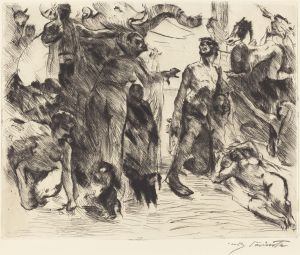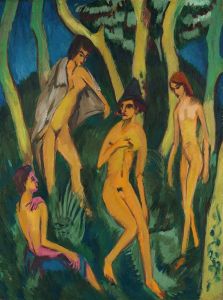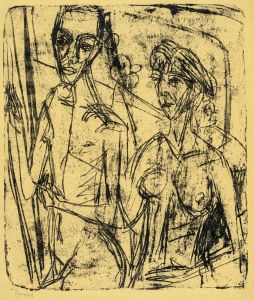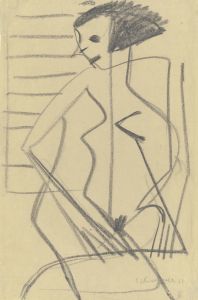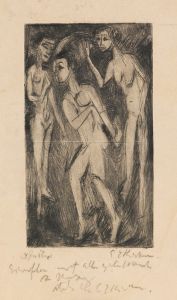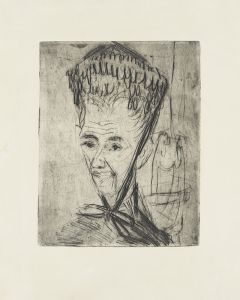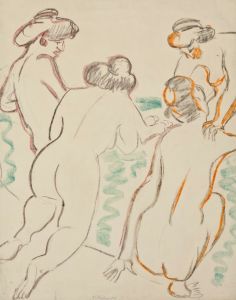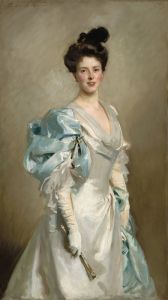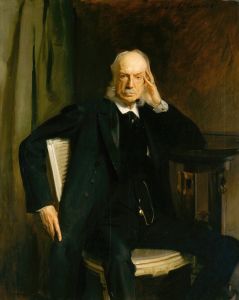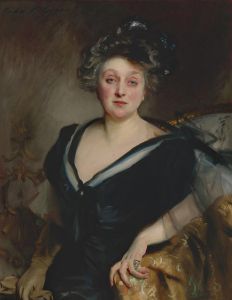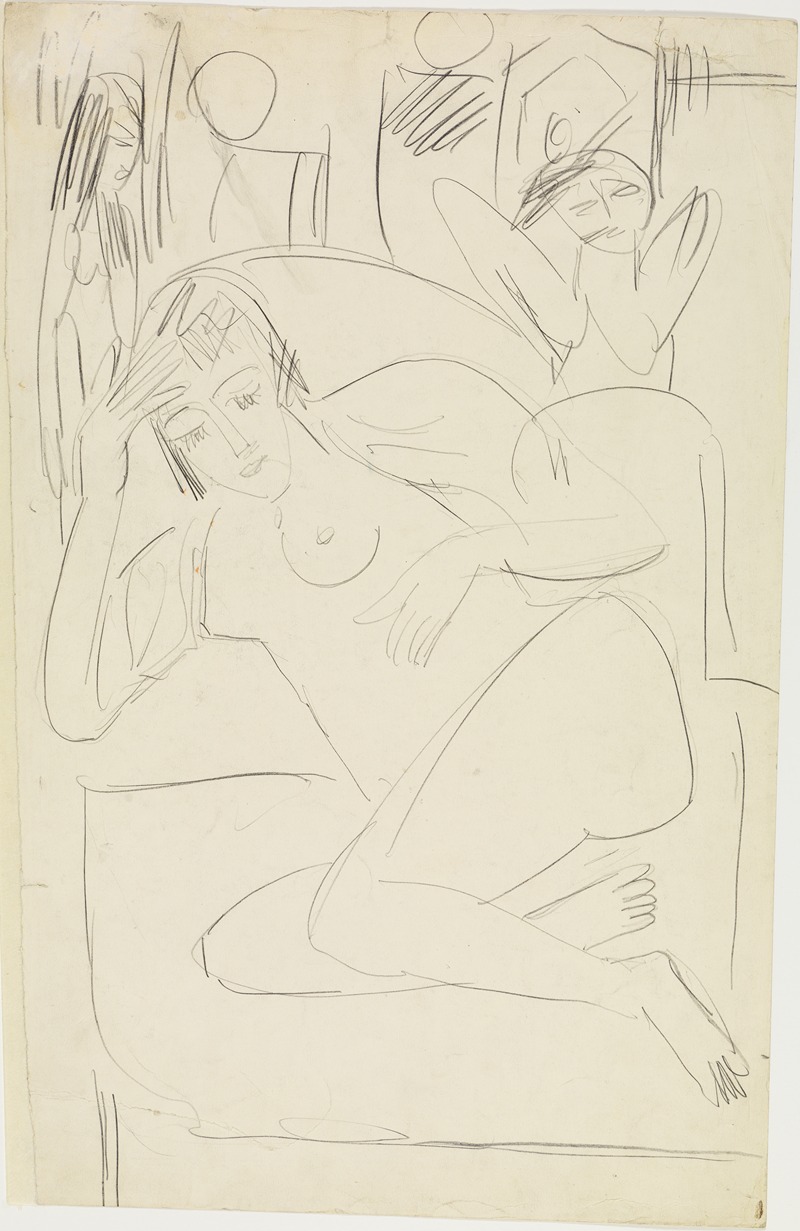
Im Sessel kauernder weiblicher Akt mit Holzfiguren
A hand-painted replica of Ernst Ludwig Kirchner’s masterpiece Im Sessel kauernder weiblicher Akt mit Holzfiguren, meticulously crafted by professional artists to capture the true essence of the original. Each piece is created with museum-quality canvas and rare mineral pigments, carefully painted by experienced artists with delicate brushstrokes and rich, layered colors to perfectly recreate the texture of the original artwork. Unlike machine-printed reproductions, this hand-painted version brings the painting to life, infused with the artist’s emotions and skill in every stroke. Whether for personal collection or home decoration, it instantly elevates the artistic atmosphere of any space.
Ernst Ludwig Kirchner's painting Im Sessel kauernder weiblicher Akt mit Holzfiguren (translated as Female Nude Crouching in an Armchair with Wooden Figures) is a work by the German Expressionist artist, created in 1912. Kirchner, a founding member of the influential art group Die Brücke (The Bridge), was known for his bold use of color, dynamic compositions, and exploration of the human form. This painting exemplifies his interest in the interplay between the human figure and objects, as well as his fascination with non-Western art forms.
The artwork depicts a nude woman crouching in an armchair, surrounded by wooden sculptures. The figure's pose is unconventional and introspective, reflecting Kirchner's tendency to challenge traditional representations of the human body. The wooden figures in the composition are likely inspired by Kirchner's own carvings, as he was also a skilled sculptor. These sculptures are reminiscent of African and Oceanic art, which had a significant influence on the Expressionist movement during this period. Kirchner and his contemporaries admired the perceived rawness and emotional intensity of these art forms, which they saw as a counterpoint to the industrialization and materialism of modern European society.
The painting's style is characteristic of Kirchner's work during the early 1910s, marked by bold, angular lines and a vivid, non-naturalistic color palette. These stylistic choices convey a sense of emotional intensity and psychological depth, aligning with the goals of the Expressionist movement to evoke inner feelings rather than depict external reality. The composition also reflects Kirchner's interest in the relationship between humans and their environments, as the wooden figures seem to interact with the central nude figure, creating a dynamic and somewhat enigmatic scene.
Kirchner's works from this period often featured nudes, a subject he explored extensively as part of his artistic practice. He sought to depict the human body in a way that was both modern and primal, breaking away from academic traditions. The inclusion of wooden sculptures in this painting highlights his multidisciplinary approach, blending painting and sculpture to create a cohesive artistic vision.
Im Sessel kauernder weiblicher Akt mit Holzfiguren is housed in the collection of the Brücke Museum in Berlin, which is dedicated to the works of Kirchner and other members of Die Brücke. The museum provides insight into the development of German Expressionism and Kirchner's pivotal role within the movement. This painting remains an important example of Kirchner's innovative approach to art and his ability to merge different influences into a unique and powerful visual language.







